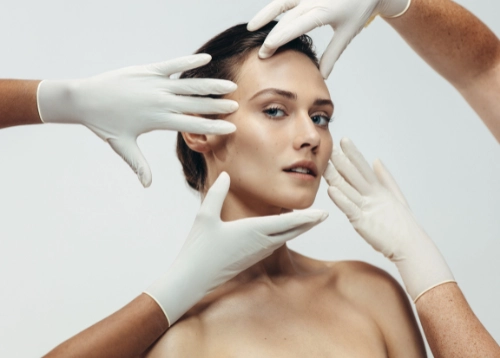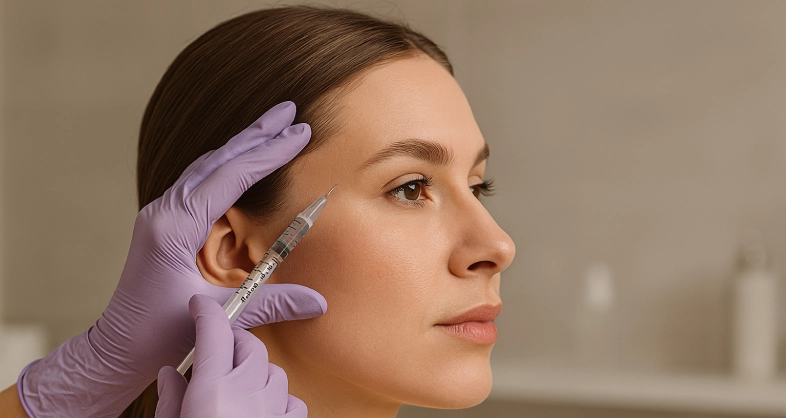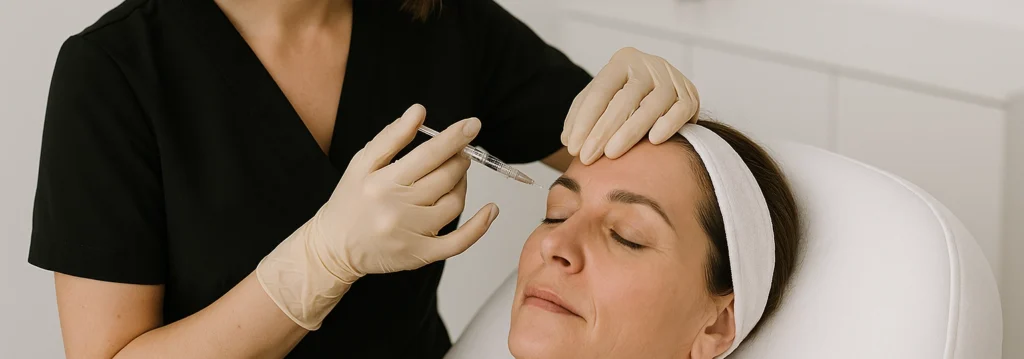Aesthetic medicine has become a central part of modern healthcare and consumer wellbeing. Dermal fillers and Botox are now among the most widely performed non-surgical procedures worldwide, offering patients an accessible way to address signs of ageing, improve facial balance, and enhance confidence.
Despite their popularity, misinformation remains common. Patients often turn to social media or marketing content, which rarely presents scientific evidence or safety considerations.
This article provides a clear, evidence-based overview of dermal fillers and Botox treatments, with a focus on clinical science and consumer safety.
The Evolution of Aesthetic Medicine
The journey of injectable aesthetics reflects major advances in both science and consumer demand.
Botox was first recognised for its therapeutic use in ophthalmology during the 1980s. Its cosmetic application followed in 2002 when the U.S. FDA approved botulinum toxin for frown lines.
Dermal fillers developed in parallel, moving from bovine collagen in the 1990s to hyaluronic acid gels that dominate the market today.
This shift marks a broader trend: patients are increasingly choosing minimally invasive treatments over surgical facelifts. Procedures are quicker, recovery is shorter, and results more natural.
In the UK, this demand has led to a rapidly expanding market, but also to challenges around training and regulation.
The Beauty Script
Non Surgical Treatments?
We’re here to support you every step of the way—before, during, and after your visit
Understanding Dermal Fillers
Dermal fillers are injectable gels used to replace lost volume, sculpt features, or smooth facial lines.
The majority are made from hyaluronic acid, a molecule naturally present in skin that binds water and supports hydration. Other formulations, such as calcium hydroxylapatite and poly-L-lactic acid, act as biostimulators, encouraging collagen growth for longer-term improvement.
The technique allows for precise enhancement of the lips, cheeks, jawline, tear troughs, and nasolabial folds. Treatments usually last between 30 and 60 minutes, and results are visible immediately, though minor swelling or bruising may be present for a few days.
Different fillers vary in texture and longevity. Softer gels suit fine lines or lip definition, while firmer products are preferred for jawline contouring or cheek augmentation. The choice of product should reflect anatomy, skin quality, and patient goals.
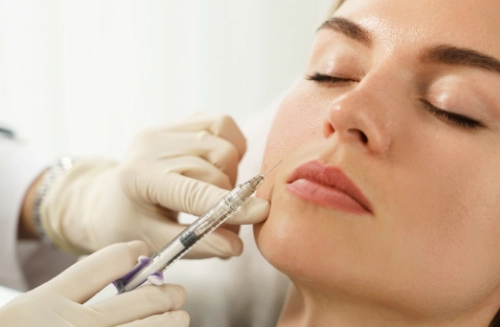
Understanding Botox
Botox is the brand name most commonly associated with botulinum toxin type A, a purified protein that temporarily relaxes muscles by blocking nerve signals.
In aesthetic practice, it is used to reduce dynamic wrinkles formed by repeated expression. Forehead lines, crow’s feet, and frown lines are the most frequent treatment areas, but skilled injectors may also use it for jawline slimming, neck bands, and subtle lifting of the brows.
The effects typically begin within three to seven days and last around three to four months. While its popularity is driven by cosmetic outcomes, Botox also has long-standing medical uses, including treatment for migraines, muscle spasticity, and hyperhidrosis.
Fillers vs. Botox
Although both are injectable treatments, fillers and Botox serve distinct purposes. Fillers restore volume and contour, while Botox softens muscle activity.
A patient seeking fuller lips or defined cheeks will benefit from filler, whereas one wishing to reduce frown lines or crow’s feet is better suited to Botox.
Increasingly, practitioners combine the two in tailored treatment plans. This “liquid facelift” approach addresses multiple aspects of ageing in a non-surgical way, balancing both static and dynamic changes.
Safety and Risks
When performed by qualified professionals, dermal fillers and Botox are considered safe. However, all medical procedures carry risks, and awareness is essential for both clinicians and consumers.
Most side effects are mild, including swelling, redness, or bruising at injection sites. More significant complications, though rare, can occur. For fillers, the most serious risk is vascular occlusion, where product blocks a blood vessel and threatens skin or vision. For Botox, complications may include eyelid drooping or unintended weakness in nearby muscles.
The choice of practitioner is critical. In the UK, patients should look for providers registered with the GMC, NMC, or HCPC, ensuring they have medical training and access to emergency resources such as hyaluronidase for dissolving fillers if needed.
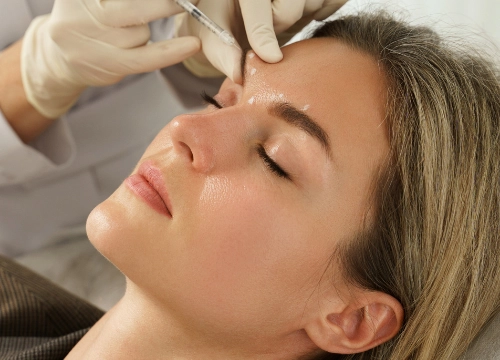
Longevity of Results
The duration of results varies by product, treatment area, and individual metabolism.
- Fillers usually last 6–18 months, with firmer products in structural areas such as the jawline often lasting longer than softer gels used in the lips. Collagen-stimulating fillers may continue to improve results over two years.
- Botox lasts around 3–4 months, though in some patients the effect may wear off sooner. Metabolic rate, muscle strength, and lifestyle factors such as smoking and sun exposure can influence longevity.
Regular maintenance is required to sustain results, but many patients appreciate the flexibility of adjusting treatment plans over time.
Who is a Suitable Candidate?
Not everyone is eligible for fillers or Botox. Suitability depends on both medical and psychological factors.
Contraindications include:
- Pregnancy and breastfeeding.
- Neurological conditions such as myasthenia gravis.
- Severe allergies or a history of anaphylaxis.
- Active skin infections near the injection site.
- Uncontrolled bleeding disorders.
Age also plays a role. Preventative Botox has gained popularity among patients in their late twenties and early thirties, while fillers are often requested by those over thirty experiencing early signs of volume loss.
Practitioners should also screen for psychological readiness, as body dysmorphic disorder can complicate outcomes.
The injections are quick, usually completed in under 15 minutes. A fine needle delivers Botox into the trapezius muscle at precise points.
Most clients describe the sensation as light pinching rather than pain.
The Science of Natural Results
The modern aesthetic philosophy is to achieve subtle enhancement rather than dramatic change. Skilled injectors use advanced techniques such as microdosing Botox for natural expression and layering fillers to replicate natural fat pads.
Anatomical precision is crucial. Respecting natural facial proportions, such as the golden ratio, helps maintain balance and avoid the “overfilled” appearance that has drawn criticism of the industry in the past.
When performed well, results should be noticed as freshness rather than obvious alteration.
Trends and Innovations
Innovation in aesthetics is rapid. Recent developments include longer-lasting crosslinked hyaluronic acid fillers, regenerative treatments such as platelet-rich plasma and exosomes, and combination therapies that integrate injectables with laser or skin-boosting treatments.
Another notable trend is the rise of male aesthetics, with more men seeking subtle rejuvenation that preserves a masculine appearance. Preventative approaches, particularly early Botox use, are also growing among younger demographics.
Cost of Treatment in the UK
Pricing varies by location, practitioner expertise, and product used.
In general, Botox costs between £150 and £300 per treatment area, while lip fillers average £200 to £400 per ml.
Structural filler treatments such as cheeks or jawline typically range from £300 to £600. Collagen stimulators, which require a series of sessions, may exceed £1,000.
While affordability is appealing, patients should be cautious of unusually low prices. Counterfeit or diluted products and unqualified injectors remain significant risks in the UK’s loosely regulated market.
Regulation and Ethics
Unlike surgery, non-surgical cosmetic procedures in the UK have historically been under-regulated. This has allowed non-medical providers to offer treatments, sometimes with serious consequences.
In 2023, the UK government announced plans to introduce a national licensing scheme for cosmetic procedures, a step welcomed by many professional bodies. Until this framework is in place, responsibility lies with patients to verify practitioner qualifications. Reputable clinics are transparent about training, product sourcing, and complication protocols.
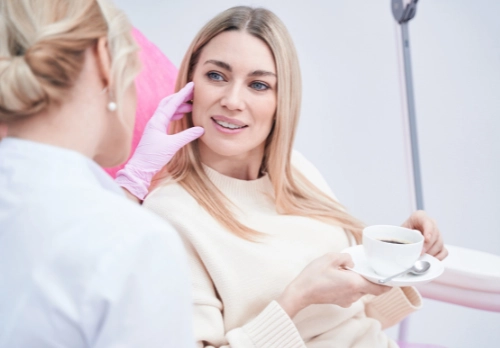
Preparing for Treatment
Consumers should approach aesthetic treatments with the same diligence as any healthcare decision.
Before treatment, patients should:
- Confirm the practitioner’s medical registration
- Ensure products are FDA or MHRA approved.
- Receive a consultation covering medical history and expectations.
- Understand risks, benefits, and alternatives.
Aftercare is equally important. Patients are generally advised to avoid alcohol, strenuous exercise, and makeup for 24 hours. Sleeping on your back and avoiding facial massage can prevent filler migration.
Follow-up appointments allow practitioners to review results and address concerns.
Final Thoughts
Dermal fillers and Botox have reshaped modern aesthetics, offering effective, non-surgical options for facial rejuvenation. Their success lies not only in scientific development but also in the artistry of skilled application.
While safe in expert hands, these treatments are not without risk. Consumers should prioritise practitioner qualifications, product safety, and realistic expectations. With evidence-based practice and ethical delivery, fillers and Botox can provide natural results that support both appearance and wellbeing.
